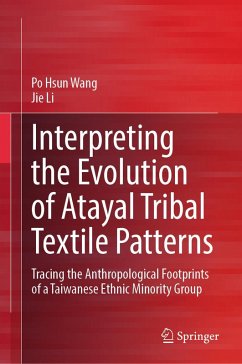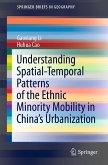This book elucidates findings from an anthropological study that analyzes the patterns of Taiwan's Atayal tribe's fabric in their ethnic dress codes. By analyzing the changes and development of the patterns over time, the authors draw fascinating conclusions regarding the geographical migration and intermarriage practices between indigenous minority groups in Taiwan's history. The book brings new insights within East Asian linguistic anthropology in theorizing about the origins of legends and broader patterns of ethnic migration, integrating the characteristics and relationships among Atayal fabrics, and interpreting these relationships in connection with the flow of sub-ethnic groups. In doing so, the book provides rich empirical evidence for anthropologists and migration scholars to better understand the movement of ethnic groups in Taiwan, while also establishing a model for how studying textile design can be employed to establish such linkages. The book shows that the composition and changes of ethnic minority patterns have their own internal logic and causes. By studying this, the authors demonstrate how such work might translate intangible and tangible culture into explicit and shareable knowledge and provide a compass for other anthropologists and researchers in the fields of visual and linguistic anthropology, migration studies, and ethnic and indigenous cultures, in Asia and beyond.
Dieser Download kann aus rechtlichen Gründen nur mit Rechnungsadresse in A, B, BG, CY, CZ, D, DK, EW, E, FIN, F, GR, HR, H, IRL, I, LT, L, LR, M, NL, PL, P, R, S, SLO, SK ausgeliefert werden.









